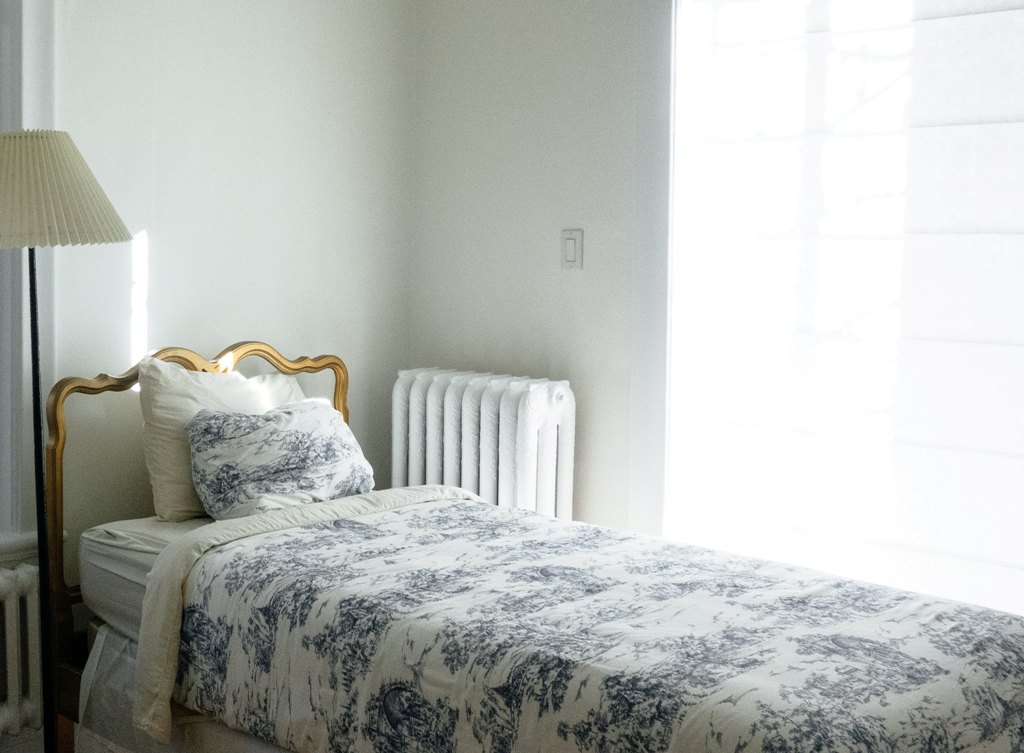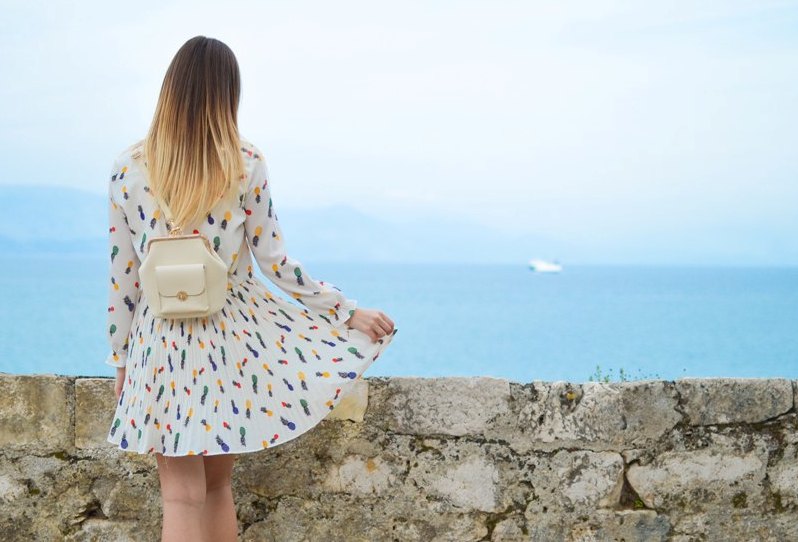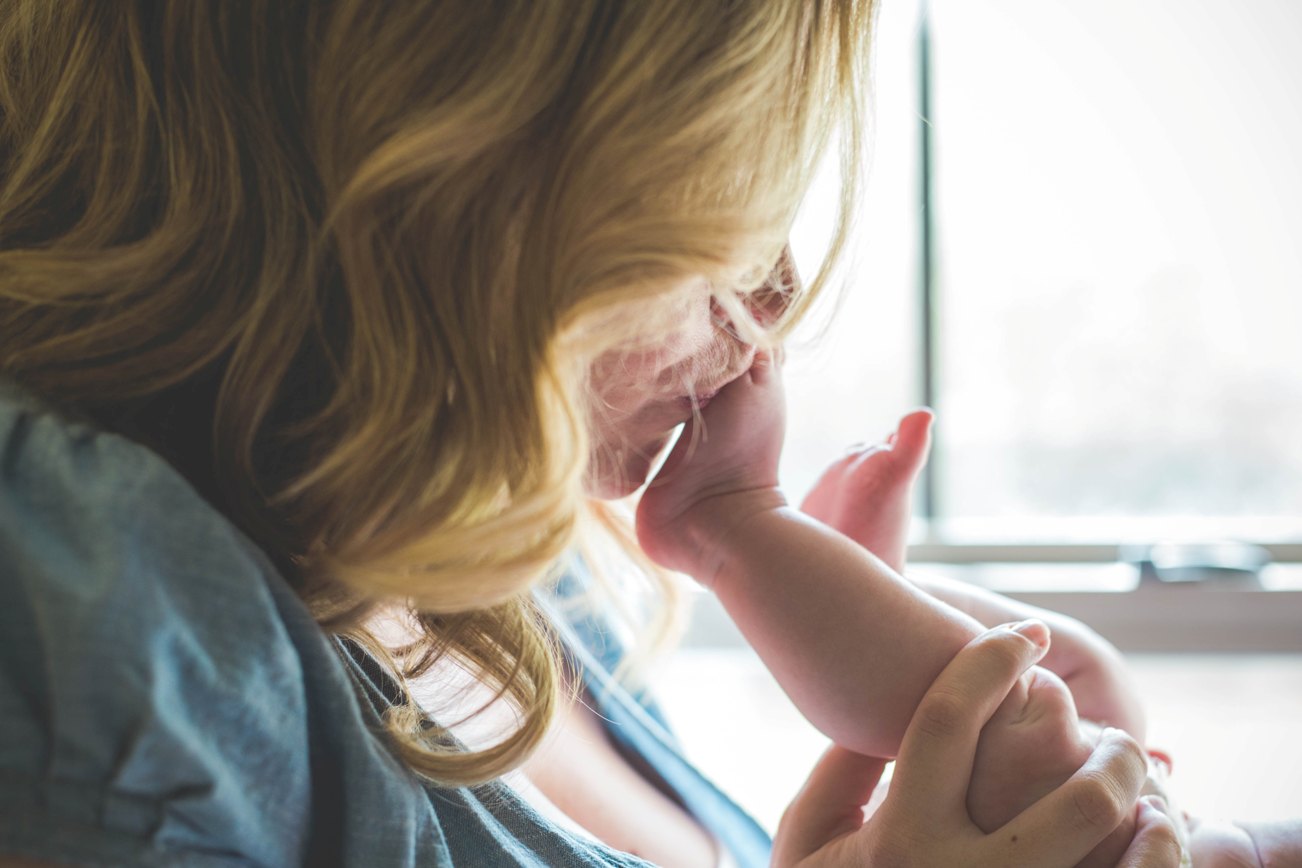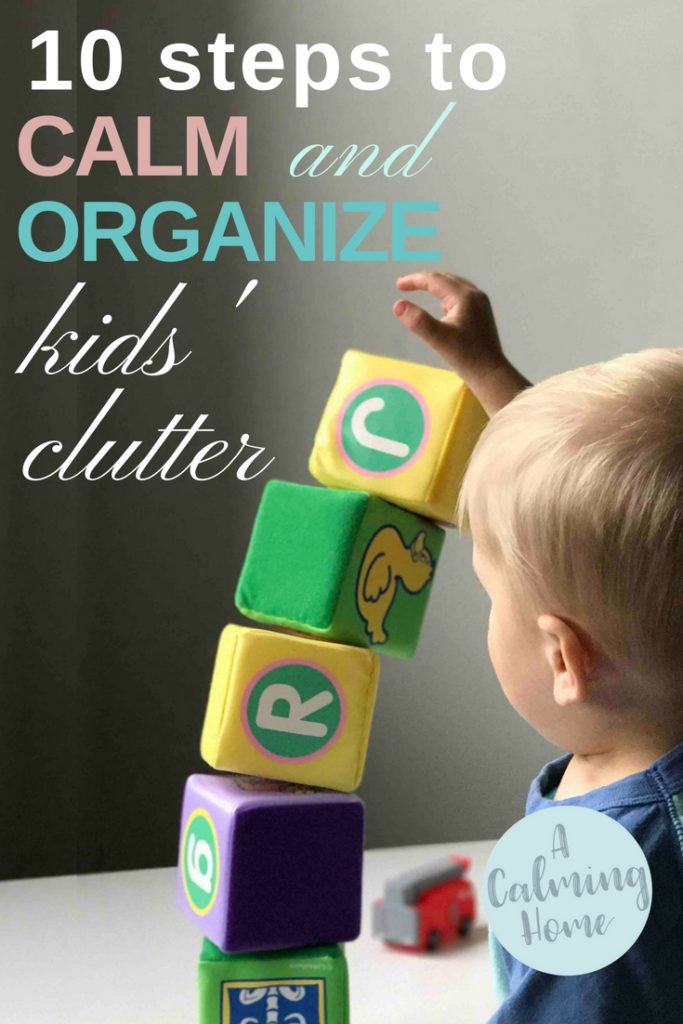
How do moms calm and organize kids’ clutter?
*sigh*
I have 2 kids, one is turning 5 years old, and the other one is turning 6 months old. If you see the clutter that my kids are creating, you’ll understand why I desperately want a calming home.
I’m no shopaholic; I wouldn’t buy something until I have a need for it. So where do all those clothes, toys, books, and those mounds of unknown clutter come from? I’m as clueless and disoriented as you.
I’ve tried so many ways to declutter them, and for the years that I’ve done it, I’ve found 10 steps to help me calm my kids’ clutter. I’m sharing them with you:
- ACCEPT. Our home will not always look streamlined, and we will not always be ready for guests. For as long as we have kids, our home is going to have clutter at some point. Enjoy these little moments, when our home is living and thriving in our children’s feisty spirits, as they move about in every corner of every room, banishing away any stagnant air and depressing vibrations. Instead of fussing over something we have no control over, it would be more efficient to face clutter head on as they come.
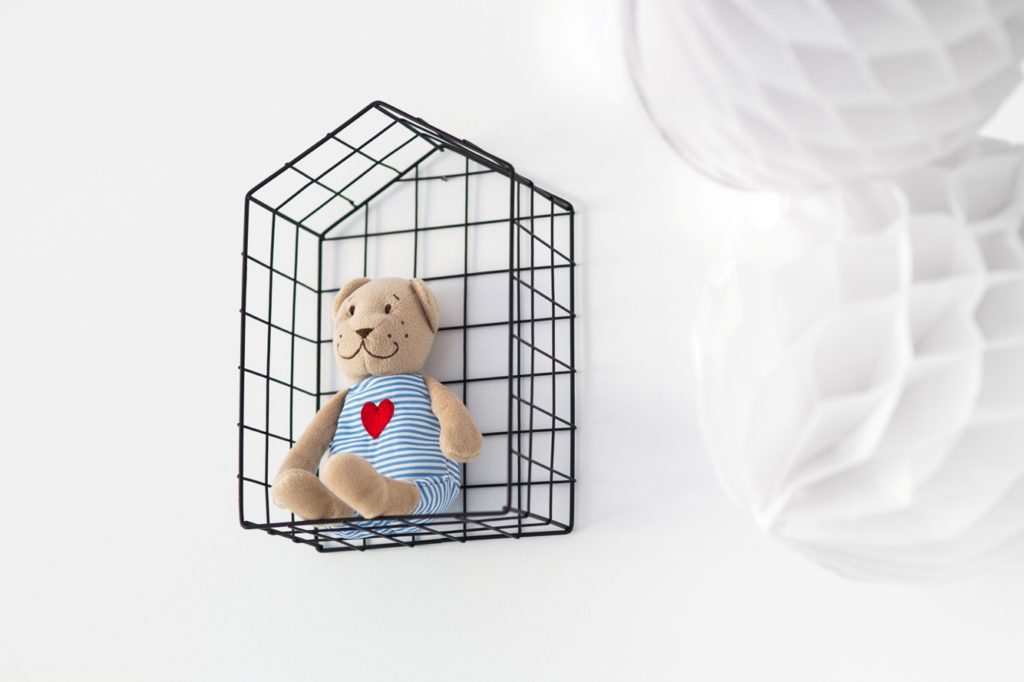
This post contains affiliate links for your convenience.
For more information, see my disclosures here.
- PLAY WITH THEM. My daughter’s favorite game is to play pretend with her favorite My Little Pony doll or toy figurines. She likes it when I transform my voice into different characters. I know that she likes Barbie too, but not as much as she likes Peppa Pig ( she has the house, which my husband bought with eyes closed, and the pirate ship gifted by her grandpa). I know that she likes cars, trucks, and Legos too (she has the set kind). I know how she plays, what she likes, and what she does not miss. I keep these in mind when I’m shopping for her because surely it can’t be called clutter when she uses it and loves it.
- BUY LESS BUT HIGH-QUALITY TOYS. My daughter sometimes brings home small plastic toys given by her classmates in playschool. She plays with it, breaks it at some point, and forgets about it. Sometimes I will ask her if I can throw it away, but if I am doubtful on the quality of the material, I immediately discard it without her knowledge. I want her toys to be made with safe, non-toxic materials, even if this means shelling out more. I can buy fewer, but quality made ones that will last us until my youngest baby’s childhood is over.
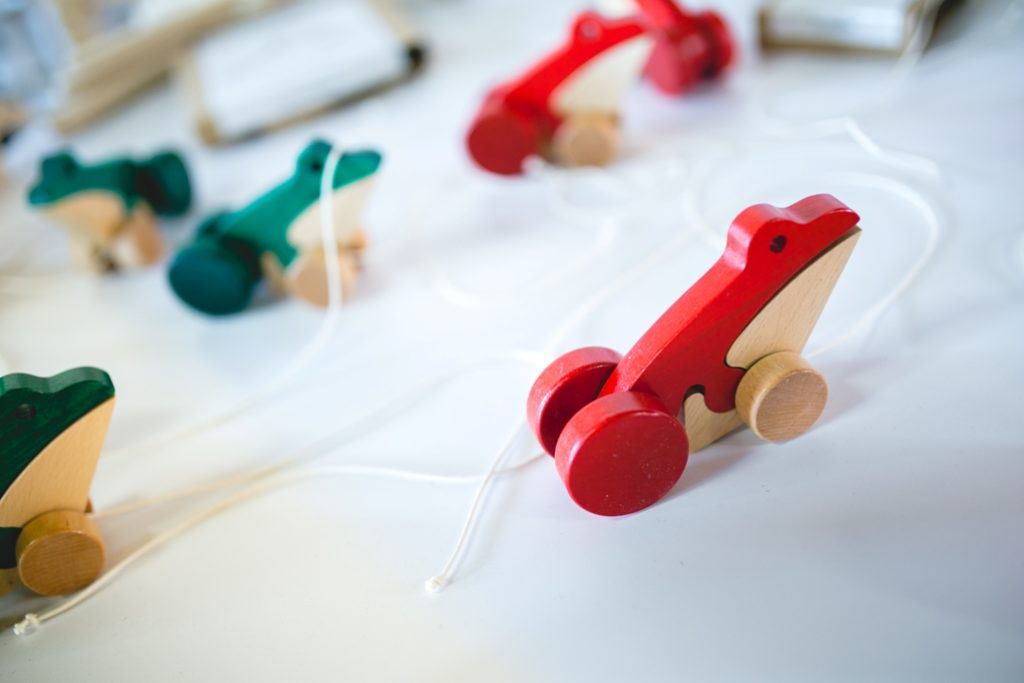
- PURGE. Don’t worry about them not having enough toys to play with. Children’s imaginations are boundless; they can have a box with a stick and be entertained for hours. They will learn to be more conscientious of the toys they are left with, and you get to clean less.
- ASK. Do you still love this? Do you still want to play with this? I leave it to my little girl to decide on how to dispose of her things. I know kids can get pretty possessive sometimes, so I try to instill a charitable attitude in my daughter while she’s still young and naturally generous. I show her children who are out on the streets and tell her stories about how sad I feel when I see them like this, and how sad their mommies must feel. So when I ask her if I can give her toy to the children we saw, she’s only happy to agree to give them away.
- ORGANIZE YOUR PLAY AREA. Create a system where it will be easy for your kids to not only grab the toys they want to play with, but to also pack them away correctly once they are done. The toys should be:
- accessible, low-lying areas (so kids can reach them without your help)
- contained in a basket or box (or a box within the box for toys with tiny parts)
- in labeled containers (with pictures of the toy/s so they can easily find them and pack them away)
- categorized by type (blocks, dolls, trucks, etc)
- located all in one place/area (for one quick roundup of the area when cleaning)
Tip: when buying storage boxes, pick those that are easy to clean.
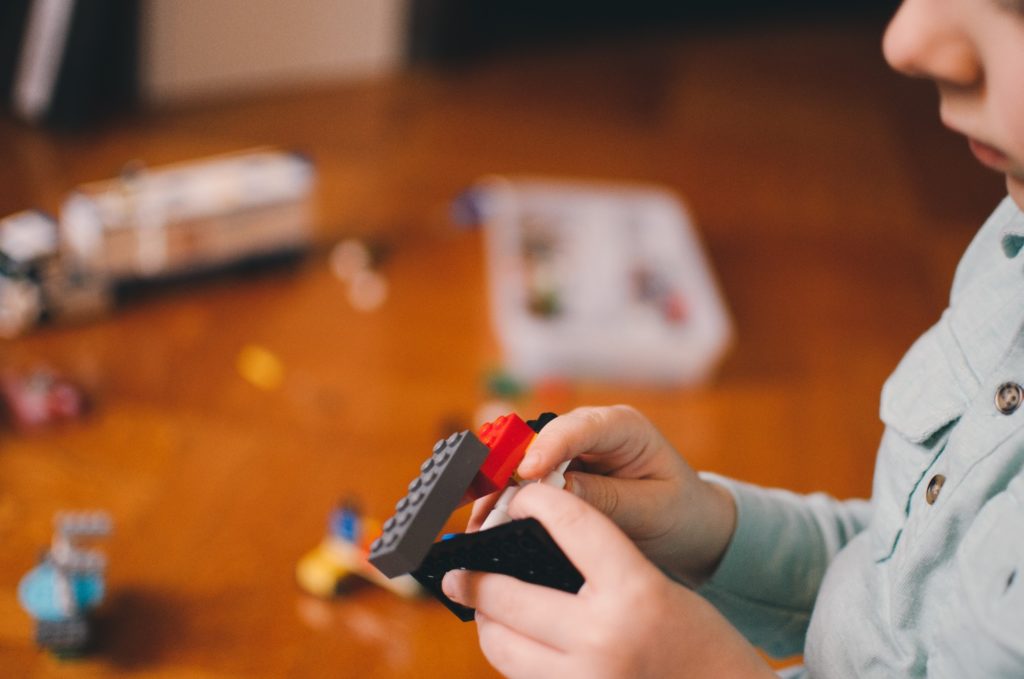
- MINIMIZE & “HIDE” TOYS WITH LOTS OF PARTS. When buying toys, remember that you will most likely be the one to end up cleaning and organizing it. Toys with lots of tiny pieces like puzzles, legos, and kitchen accessories, will be a pain to maintain. If you have plenty, contain them in a box, label, and teach your kids how to put it back once their done playing with it. Make a rule that they can only play with one messy toy at a time because the pieces might mix up and they’ll lose interest in playing with it. Give a warning that if one part is missing, it will have to go.
- ROTATE TOYS. Children get bored all the time. My daughter, for instance, would play with a new toy for 3 days straight, then totally forget about it the next day. When that happens, I put the toy back in the box it came in, and store it somewhere where she couldn’t get a hold of it. When she gets bored with her other toys, I bring it out and she’d be excited all over again. I like keeping the boxes it came with because it properly holds the toy and keeps things fresh and new when I rotate her toys
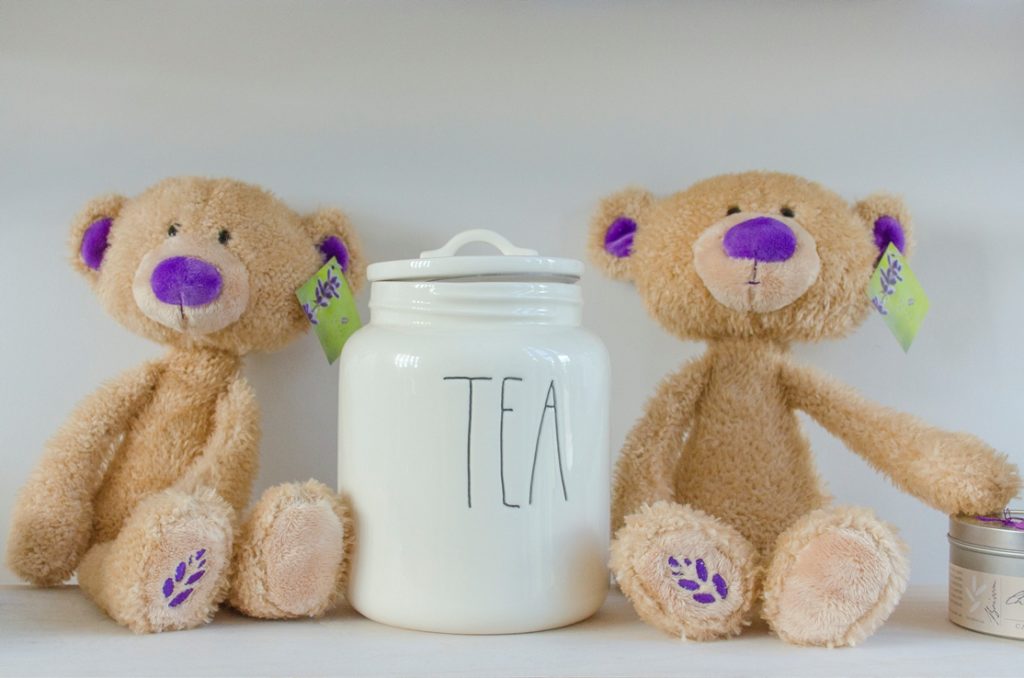
- TEACH THEM TO PACK AWAY AFTER PLAYING. This is especially important while they are still young. They must learn how to clean up and put things away with assistance, so they can develop the habit of picking up after themselves even as they grow into young adults.
- REGULARLY AUDIT TOYS. I don’t know how, but my kids’ toys seem to multiply on its own. If I don’t give an audit once in a while, our home will be buried in their toy clutter. Here are the following things I look for:
- broken /mismatched/missing parts
- toys in need of battery ( I try to minimize toys like these)
- leaking batteries in toys
- unsafe, toxic materials
- choking hazard
- sharp points /edges
- scary or horrific images
- promotes hate or violence
I’m certainly not perfect in keeping my kids’ clutter under control, and surely not finicky about it. I just try to keep it calm as much as I can, because what good are toys if you can’t do anything crazy with them. Let me know what you think. Do you have a system for controlling and organizing kids’ clutter?



